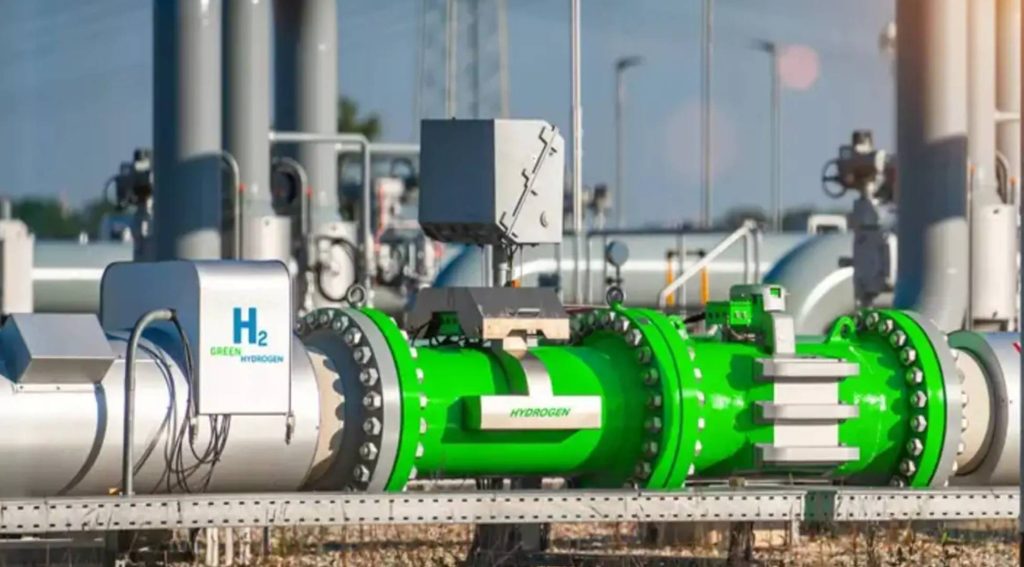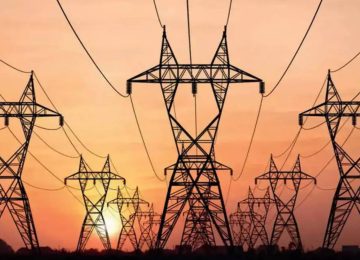The cost of green hydrogen in India could fall by up to 40%, reaching between Rs 260 and Rs 310 per kilogram, driven by government incentives, affordable renewable electricity, and tax reductions.
The observations are from a new report titled “India’s $2.1bn Leap Towards its Green Hydrogen Vision” by the Institute for Energy Economics and Financial Analysis (IEEFA) and JMK Research.
Key findings:
The report highlights several factors contributing to this potential cost reduction. These include a waiver of Inter-State Transmission System (ISTS) open access charges, exemptions on distribution and transmission fees, and a proposed reduction of the Goods and Services Tax (GST) rate on hydrogen to 5%.
Electrolyzer manufacturers are also projected to achieve a 7–10% reduction in total system costs within the first five years, with an average annual realizable base incentive of Rs 2,960/kW ($36/kW).
Core:
At the core of these projections is India’s National Green Hydrogen Mission (NGHM) and its Strategic Interventions for Green Hydrogen Transition (SIGHT) program. The program, backed by $2.1 billion, introduces distinct financial incentive mechanisms aimed at incentivizing both domestic manufacturing of electrolyzers and green hydrogen production.
“While the green hydrogen scheme is an important step for India, refinements are needed to promote long-term investment and project viability,” the report states. It emphasizes that while the scheme has been “enthusiastically received by industry,” fine-tuning is required to attract startups, maintain competitiveness for global players, and establish a robust supply chain to ensure long-term industry viability.
In line with these ambitions, the Solar Energy Corporation of India (SECI) issued a request in July 2023 for proposals to establish 1,500 megawatts (MW) of electrolyzer manufacturing capacity within the country.
Recommendations:
The report, co-authored by Jyoti Gulia and Kapil Gupta of JMK Research & Analytics, alongside Vibhuti Garg and Charith Konda of IEEFA, also recommends enhancing India’s green hydrogen definition framework.
It suggests incorporating globally accepted definitions for critical aspects such as additionality (how green hydrogen is produced), deliverability (its origin), and temporal matching (timing) to ensure a global impact.












